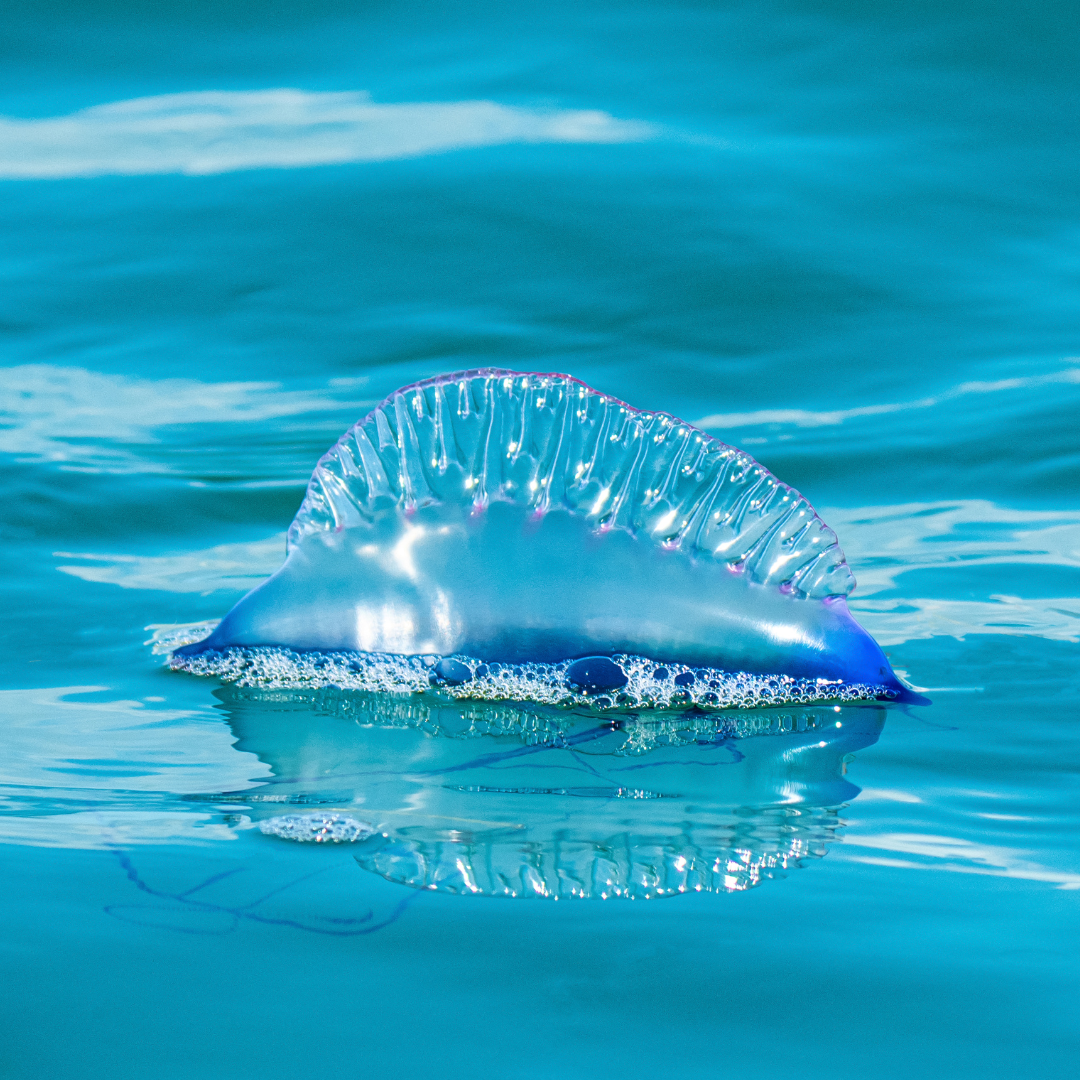
Navigating Australia's Coastal Wonders: A Guide to Beach Critters and Stings for Parents
Share
As parents, we understand the importance of keeping our kids safe while they enjoy the beach. Australia’s coastal waters are home to a variety of marine life, some of which can pose risks if we’re not prepared. Knowing what to watch out for and how to respond to stings can ensure a safe and enjoyable beach experience for your family. If you're frequent beach go-ers like we are, have a quick read below to ensure you're aware of the sea friends to avoid.
Blue Bottle Jellyfish:
The blue bottle jellyfish, also known as the Portuguese man-of-war, is a common sight along Australia's coastlines. Their presence varies by region, with more sightings in Western Australia during winter and on the East Coast during summer.
If stung by a blue bottle, avoid rubbing the area as this can release more venom. Rinse the affected area with vinegar to neutralize the toxins, and immerse it in hot water (as hot as can be tolerated) for at least 20 minutes to relieve pain. Seek medical attention if symptoms persist, especially in young or sensitive individuals.
Cone Shells:
Australia’s beaches are home to various cone shells, some of which can deliver venomous stings. These shells are often found along the shoreline or buried in the sand. While stings are rare, it’s important to educate children about the potential dangers. If stung, seek immediate medical attention and immobilise the affected limb to slow the spread of venom.
Stonefish:
Stonefish are well-camouflaged and can be found in the shallow waters of Northern Australia such as Coral bay and Exmouth. If stepped on, they can deliver a painful and potentially dangerous sting. Immerse the affected limb in hot water for at least 30 minutes and seek medical attention promptly.
General Beach Safety Tips:
- Encourage children to wear protective footwear, especially in areas known for stonefish such as rocky or still shallows.
- Familiarise yourself with local beach warnings and advisories. Most areas will have signage to advise of known risks.
- Teach children to avoid touching unknown marine creatures and to inform an adult if they spot something unusual. The more colourful the sea friend, often the more dangerous.
- Always carry a basic first aid kit, know where the closest first aid help is and look at beach specific first aid essentials such as vinegar for jellyfish stings or a hot water bottle with warm water.
Australia’s beaches offer incredible natural beauty, but it’s important to be aware of the potential hazards. By staying informed and prepared, you can ensure that your family enjoys the beach safely.
For more information on marine life and first aid, visit: Paradise First Aid.
